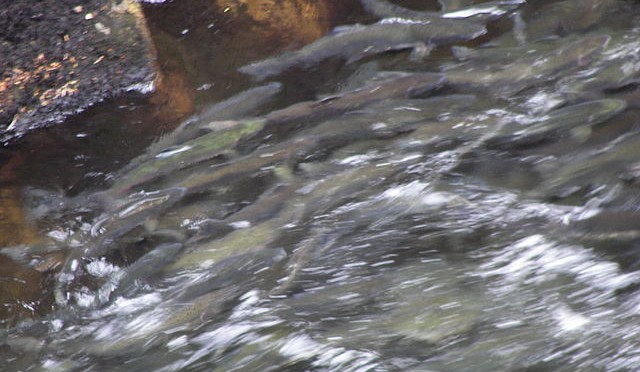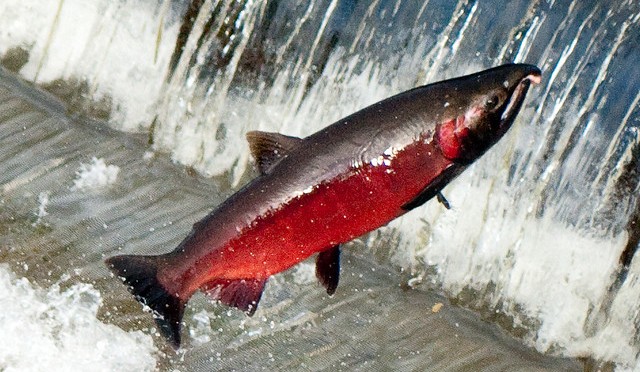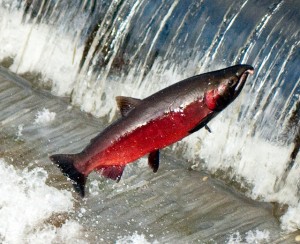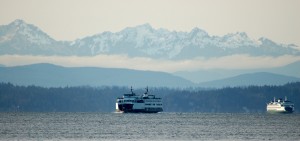
How does RWC for sole source residential domestic water effect our streams and salmon habitat?
In accordance with Washington State’s instream rule restricting new wells in the Skagit River Basin, some land owners are pursuing rainwater collection as their sole source of water to achieve a building permit. There seems to be gridlock between the Department of Ecology, local tribes, land owners, and the county planning department. Aquifer recharge, instream flow, and salmon habitat are the concerns being discussed. Past studies have shown that rainwater catchment for domestic sole source residential use enables rainwater to infiltrate into the aquifer and benefits the creeks, streams and rivers.
Typically there is more concern with summer rain than winter. According to a 1981 Water Supply Report for Jefferson County “Actual evapotranspiration (portion of water lost to the air or used by plants) exceeds soil moisture utilization.”
In a study, “analysis if rainwater catchment in WRIA 17”, by Kurt Unger PHD. Dept. of Ecology Washington State., “Aquifer recharge occurs predominately in deforested or partially deforested areas due to evapotranspiration rates.”
Ground water is more enhanced by collecting rainwater, it’s domestic use, then recharging the aquifer by a leach field. This is most important during the summer months do to evapotranspiration. Mr. Unger goes on to say ” Given the above analysis, it is the author’s opinion that building permits issued in the WRIA 17 based on rainwater catchment as sole source of supply will not pose a threat to streams. In fact such catchment systems will likely provide hydrological benefits.”
Click here for more information on the WRIA 17 study.
Salmon swimming upstream in Ketchikan Creek courtesy of Wknight94





 With population growth in the Seattle and surrounding area, the effects of this growth, demand, and aging infrastructure will impact our water and sewer systems economically.
With population growth in the Seattle and surrounding area, the effects of this growth, demand, and aging infrastructure will impact our water and sewer systems economically.